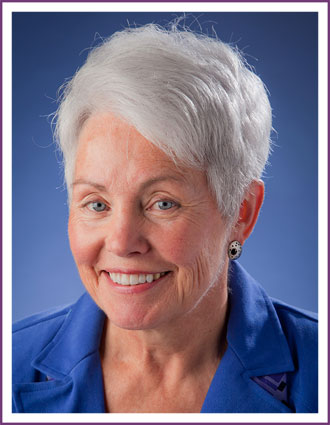JANE Ruth ANGVIK

• Commissioner And Assembly Woman
• Community Service
Inducted: 2014
JANE Ruth ANGVIK
Jane Angvik has been involved in Alaska public life since 1973. She has served as an elected member of the Anchorage Assembly and the Anchorage Charter Commission and has taught many women how to conduct campaigns for public office.
Angvik devoted much of her professional life to improving understanding between rural and urban Alaskans, particularly around issues of access to subsistence resources. She started work with the Alaska Federation of Natives in 1974 and in the 1990s she managed the planning for the Alaska Native Heritage Center. Today she is welcomed with joyous hugs at the AFN convention.
She has lived in Alaska for 40 years where she is a force who brings people together to create better, more open and inclusive communities. She connects people and resources, government entities and organizations to each other.
Angvik is a happy and welcoming person. When people inquire how she is, she responds with words such as “joyful, terrific and grateful.” She inspires people to counter the hatred and fear of the radio airways with hope, courage and commitment.
She has shown many people that you can debate, disagree, find common ground and follow it up by breaking bread and doing what is right.
She is joyfully married to Vic Fischer, who shares her enthusiasm for social and economic justice, public affairs and entertaining friends and family. They have raised a successful daughter, Ruth, who graduated from the University of Alaska and is married to a member of the armed services and together they are raising their children to be givers.
A strong advocate of women’s rights, Angvik’s lasting legacy is the energy she has dedicated to the development of girls and women and to the protection of women against abuse and discrimination. She has hired, trained, guided, mentored and encouraged women to seek and accomplish their own goals with skills that enable them to fully participate in decision-making. She has helped lay the foundation for the development of the next generation of strong and capable women.
View Extended Bio